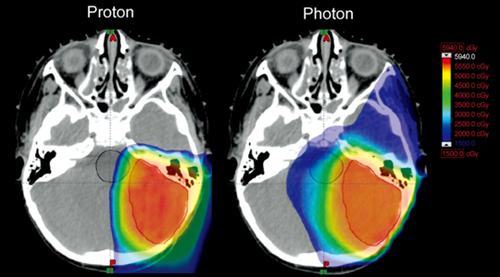Editors: Huan Giap, Eric Y Chuang
The three major modalities for cancer treatments are surgery, chemotherapy, and radiotherapy. Since its discovery over 110 years ago, the field of radiation therapy has progressed and played a significant role in cancer treatment. Like other fields in medicine, radiation therapy has depended most heavily on technology and science for its advancement. There have been continuing developments in discovery of various sources and mode of radiation and transitions from the physics laboratory into the clinical setting. Charged particles with their favorable depth dose distribution are ideal for treating tumors located inside the body. Despite that its discovery and theoretical advantages were almost 100 years ago, development of the clinical implementation of charged particle beam therapy is slow due to the cost and size requirement, and its use is limited to physics research laboratory. Until the last few decades, the cooperation among research laboratories, academic medical centers, and private industries have improved the technology, affordability, and ease of implementation. There has been an evolution of charged particle beam therapy over the three frontiers: technology, radiobiology and clinical trials.
To address the importance of charged particle beam therapy, the editorial team of Translational Cancer Research (TCR) has been making great efforts to put together two special editions to go over this special topic of charged particle beam therapy. Major particle beam centers around the world are invited to contribute to these special editions. These peer-reviewed articles present the past experience, current status, and future direction for charged particle beam therapy. We look at both clinical data and technology advancement in both issues. On the first issue, we are focusing on the history and evolution of charged particle beam therapy.

